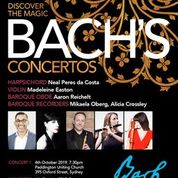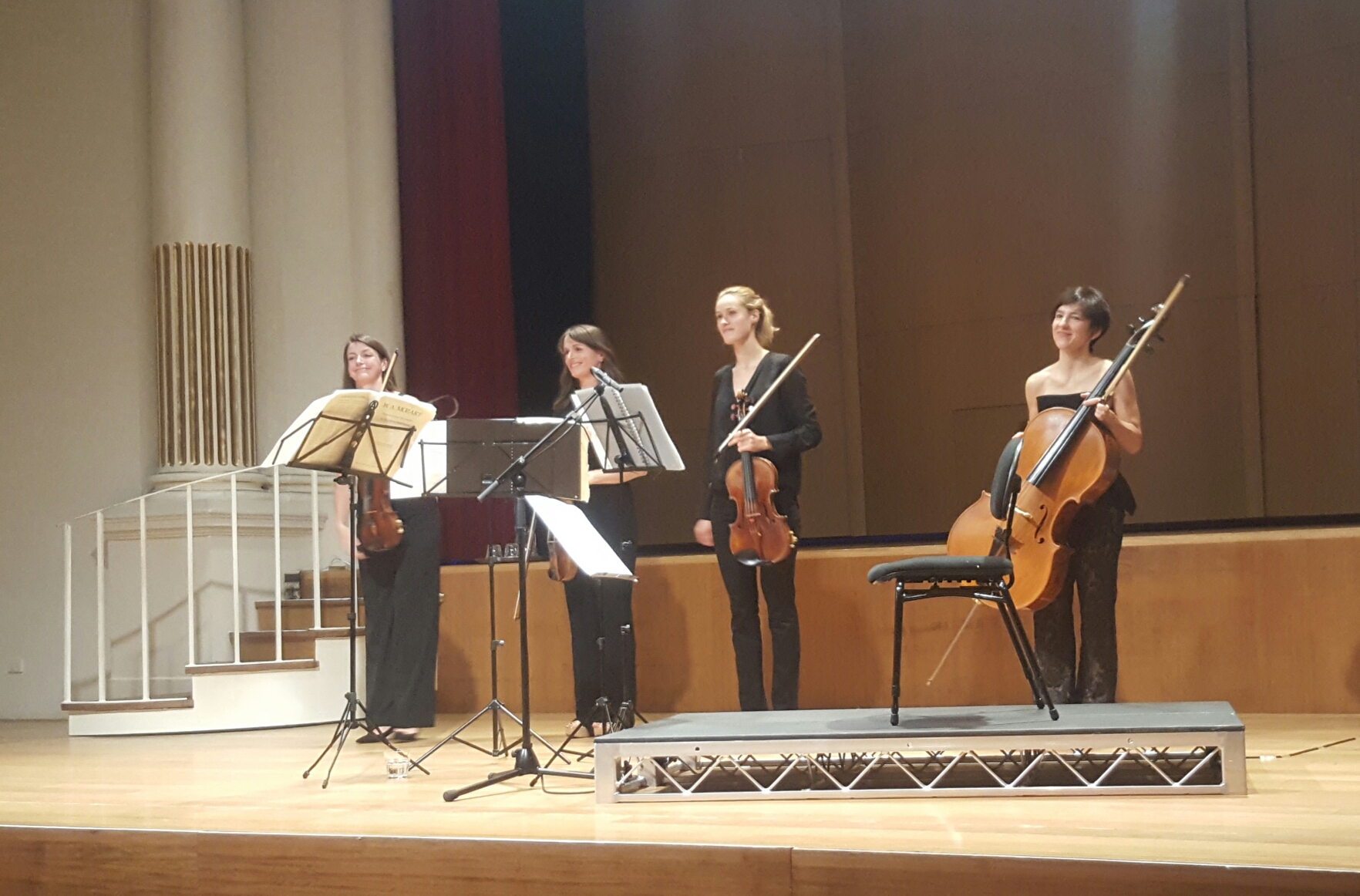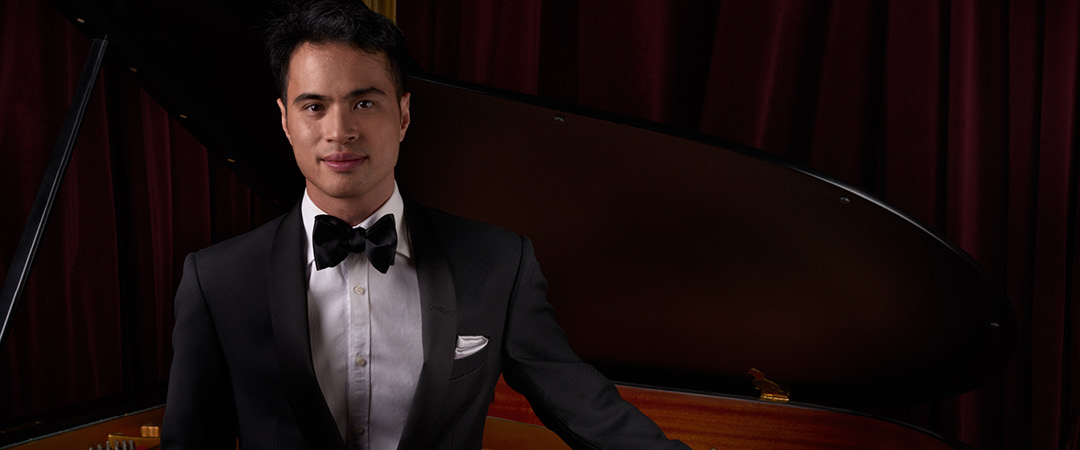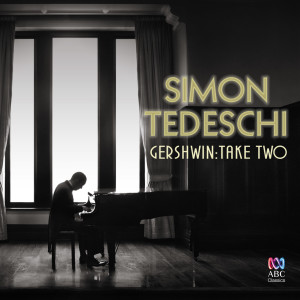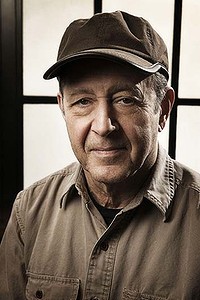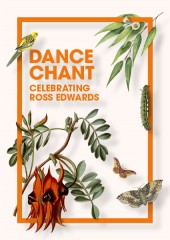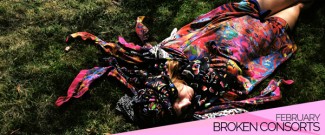Concert Review: Bach’s Concertos /Bach Akademie Australia
 Bach’s Concertos/ Bach Akademie Australia
Bach’s Concertos/ Bach Akademie Australia
Paddington Uniting Church
4 October 2019
It was a deeply satisfying confluence of music and musicians when the Bach Akademie Australia presented their programme Bach’s Concertos. Founder and artistic director Madeleine Easton led her band adeptly through music which illustrated the expansive genius of JS Bach’s concerto writing in many forms – solo instruments and ripieno, concerto grosso and sinfonia.
The opening item was the Concerto A major, BWV 1055, which lived as a concerto for harpsichord until Sir Donald Tovey proved that it was written for the oboe d’amore, an ancestor of the modern English horn. It was reconstructed by the distinguished German pedagogue Wilfried Fischer for a solo wind instrument by paring back the ornamentation that was unique to the keyboard, revealing the simpler, original version.
A welcome curtain raiser, hearing the opening bars of the sunny and uplifting first movement, one cannot but feel that all’s right with the world. The ensemble gave the outer two movements a nimble, dance-like feel, a perfect foil for the distinctive sound of the oboe d’amore, expertly played by Aaron Reichelt. They performed the middle movement Larghetto, with exquisite pathos, illustrating a markedly contrasting sobbing and sighing mood that Bach created so well.
The sinfonia which introduces the cantata Himmelskönig, sei willkommen (King of Heaven, welcome), BWV 182, is a graceful cameo in which Easton and Mikaela Oberg played their complementary soaring lines on violin and recorder over pizzicato ripieno. The piece depicts Christ’s entry into Jerusalem at Lent and was first the first Weimar church cantata, composed for Palm Sunday on 25 March 1714. Stately yet poignant, but not grand or celebratory, the performance by the ensemble was a potent harbinger of dark days to come, sitting at distinct odds with the adulatory title of the cantata.
It can be no mean feat to simultaneously direct an ensemble and perform not just within the ensemble but as soloist as well, calling on both artistic freedom and judgement, right and left brain, ego and super-ego, a feature of Baroque violin concerti. Easton rose to the challenge with ability and stamina. Taking the soloist’s podium for Bach Violin Concerto in E major BWV 1042, she perfectly captured the exuberance of the outer movements with ravishing virtuosity and ornamentation against which the middle-movement was an achingly beautiful Adagio. Sharing the solo spot again with recorder players Mikaela Oberg and Alicia Crossley for Bach’s Brandenburg Concert No 4 in G major, BWV 1049, this ‘triple concerto’ was another summons to contest for all, and the Bach Akademie Australia rose to the challenge with brilliant playing from soloists and ensemble. The role of the harpsichord is unfairly neglected. With Neal Peres da Costa at the keyboard, this invaluable part was in safest of hands (pardon the pun).
Finally, it was da Costa’s turn as soloist in the expertly performed Concerto for Harpsichord in D minor BWV 1052, bringing the harpsichord into focus as a concertante instrument. Artfully performed, it is a pleasure to learn from his historically informed interpretation of period music, creating meaning from what was originally a very spare score.
It seemed at times, that the venue posed challenges, possibly contributing to moments of tension in the ensemble. However, these were ably overcome and did not detract from the outstanding quality of the performance which once again entertained, educated and gratified whilst perpetuating JS Bach’s incomparable legacy.
Shamistha de Soysa for SoundsLikeSydney©

